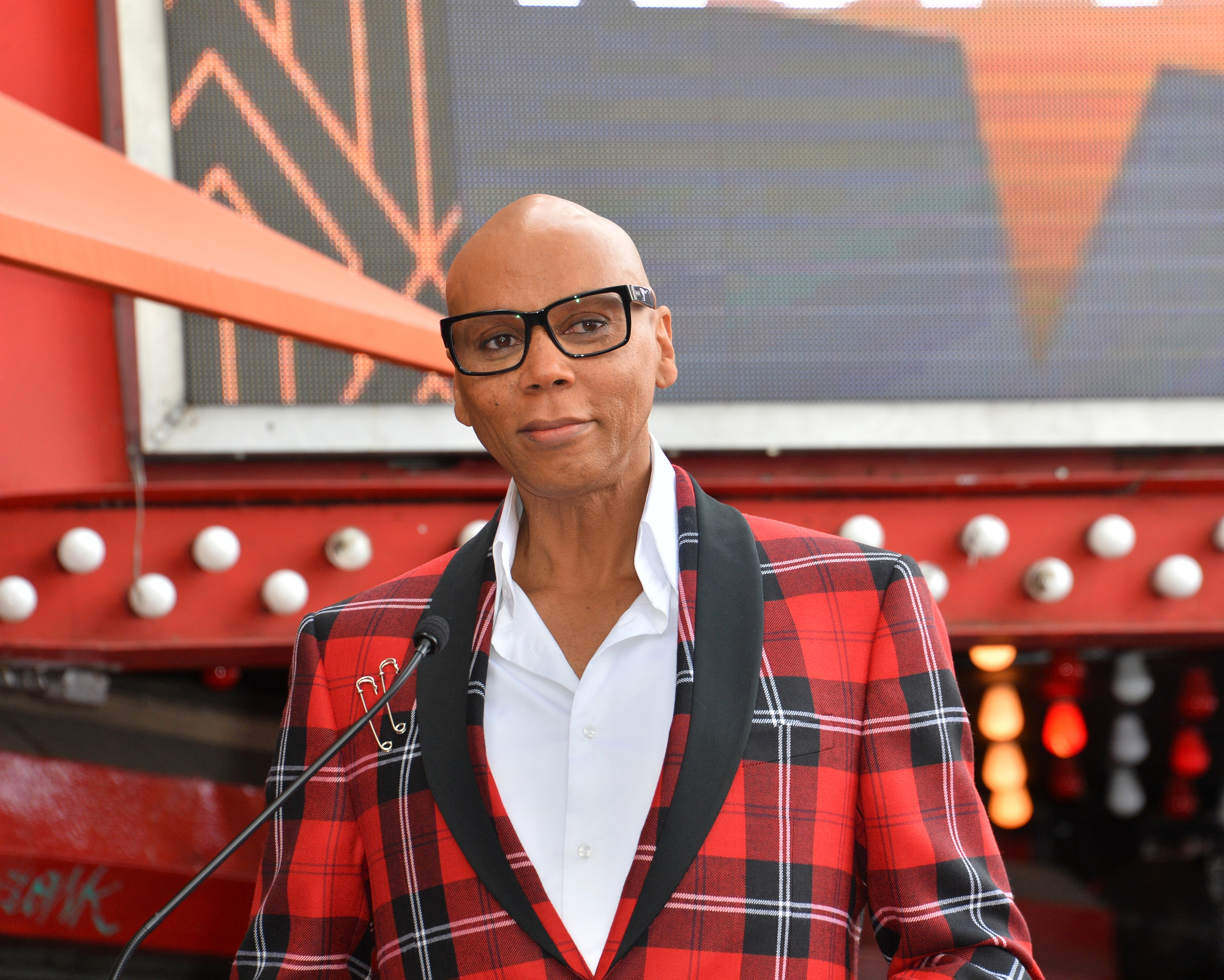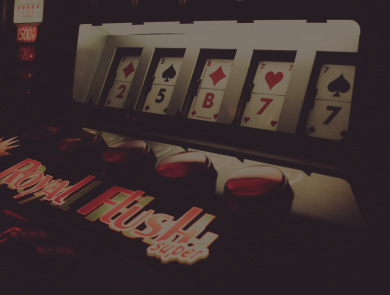How to Analyze the Contestants of RuPaul’s Drag Race Season 17

RuPaul’s Drag Race is a reality competition show where drag queens compete in a variety of challenges to become “America’s Next Drag Superstar.” The show has become a cultural phenomenon, and with that comes a dedicated fanbase who enjoy speculating and, yes, even betting on the outcome. Season 17, which premiered on January 3, 2025, is no exception. This article will guide you through analyzing the contestants to make informed predictions, whether for fun or for wagering.
Understanding the Basics
Before diving into individual queens, it’s crucial to understand the fundamental elements of RuPaul’s Drag Race. The competition tests a wide range of skills, broadly categorized as:
- Runway:Queens present themed outfits, which are judged on creativity, construction, and presentation.
- Acting/Comedy:Challenges often involve acting in sketches, performing stand-up, or improvising.
- Singing/Dancing:“Rusicals” (musical theatre challenges) and lip-sync performances are staples.
- Design:Some challenges require queens to create outfits from scratch or by using unconventional materials.
- “It” Factor:This encompasses charisma, uniqueness, nerve, and talent – RuPaul’s core judging criteria.
Track Record is King (and Queen)
The most obvious indicator of a queen’s potential is her performance throughout the season. Pay close attention to the following:
- Challenge Wins:Queens who consistently win maxi-challenges are strong contenders.
- High Placements:Even if a queen hasn’t won, consistently placing “high” (safe but among the top performers) indicates strength.
- Bottom Two Appearances:Landing in the bottom two and having to “lip-sync for your life” is a red flag. Multiple bottom placements suggest weakness, although some queens are known for their lip-sync skills.
- Critiques:Listen carefully to the judges’ comments. Recurring critiques (positive or negative) reveal a queen’s strengths and weaknesses.
As of Episode 10 (March 8, 2025), the competition has seen some shake-ups. Early frontrunners have faltered, and underdogs have risen. Lydia B. Kollins, for example, secured a surprise win in the roast challenge after a previously unremarkable run, demonstrating that even queens without prior wins can surge.
Identifying Their Strengths and Weaknesses
Beyond the overall track record, analyze each queen’s specific skills. For example:
- Fashion Queens:Some queens excel on the runway. Arrietty, for instance, was known for her strong fashion sense, though her comedy skills ultimately led to her elimination in Episode 10.
- Comedy Queens:Others shine in comedy challenges. Sam Star, for example, demonstrated a strong ability in the roast.
- Performers:Some queens are known for their lip-sync abilities. Jewels Sparkles, despite landing in the bottom two in Episode 10, is considered a strong performer.
- Well-Roundedness:The most successful queens often excel in multiple areas.
The “Narrative” Matters
RuPaul’s Drag Race is, at its heart, a television show. Producers craft storylines, and these narratives can sometimes hint at a queen’s trajectory. Consider the following:
- Underdog Story:Queens who start slow but improve dramatically often gain fan support and may go far. Lydia B. Kollins’ Episode 10 win is a prime example of this.
- Redemption Arc:Queens who return after a previous elimination or overcome a significant setback can have a compelling narrative.
- Villain Edit:While not always indicative of placement, a queen portrayed as a “villain” can generate buzz and may be kept around for drama. Arrietty and Jewels Sparkles’ conflict in Episode 10 highlighted this.
- Frontrunner Edit:Queens that win multiple challenges and get a lot of praise from the judges.
Social Media and Fan Sentiment
While they are not always accurate, fan opinions can sometimes provide insights:
- Social Media Following:A large following doesn’t guarantee a win, but it can indicate popularity, which might influence the show’s outcome (though this is debated).
- Online Polls and Rankings:Fan polls and power rankings can reflect overall sentiment, but they should be taken with a grain of salt.
- Reddit and Other Forums:Discussions on platforms like Reddit can offer in-depth analysis and diverse perspectives.
Specific Examples from Season 17
Let’s apply these principles to some Season 17 contestants (as of Episode 10):
- Onya Nurve:Consistently strong performances and a positive edit suggest she’s a frontrunner. She was considered safe in the roast, which some analysts believe was a deliberate move by producers to avoid making her too obvious a frontrunner.
- Sam Star:Sam has shown strength in comedy and has a connection to a previous winner (her drag mother is Trinity the Tuck), which could be seen as a positive narrative element.
- Jewels Sparkles:A previous maxi-challenge winner, Jewels’ performance has been somewhat inconsistent. Her conflict with Arrietty and subsequent lip-sync performance demonstrate both her strengths and vulnerabilities.
- Lydia B. Kollins:The underdog story personified. Her surprise win in the roast challenge completely changed her trajectory in the competition.
- Lexi Love:Lexi started strong but has struggled in recent challenges. Her emotional reactions and insecurity about comparing herself to other queens (particularly Suzie Toot) have been a recurring theme.
- Lana Ja’Rae:Another queen who was expected to struggle in the roast, Lana delivered a surprisingly strong performance, proving that perceived weaknesses can be overcome.
The Unpredictability Factor
Despite all the analysis, RuPaul’s Drag Race is known for its twists and turns. A queen who seems destined for the crown can stumble, while an underdog can rise to the occasion. Consider factors like:
- Challenge Suitability:A queen might excel in certain challenges but struggle in others.
- Lip-Sync Performance:A strong lip-sync can save a queen from elimination, while a weak one can send a frontrunner home.
- RuPaul’s Judgment:Ultimately, RuPaul makes the final decision, and her choices can sometimes be surprising.
Analyzing the contestants of RuPaul’s Drag Race involves a combination of objective assessment (track record, skills) and subjective interpretation (narrative, fan sentiment). By considering all these factors, you can make more informed predictions and enhance your enjoyment of the show, whether you’re betting with friends or simply cheering for your favorite queen. Remember, though, that the show is ultimately about entertainment, and surprises are part of the fun. So, embrace the unexpected, enjoy the ride, and may the best drag queen win!




